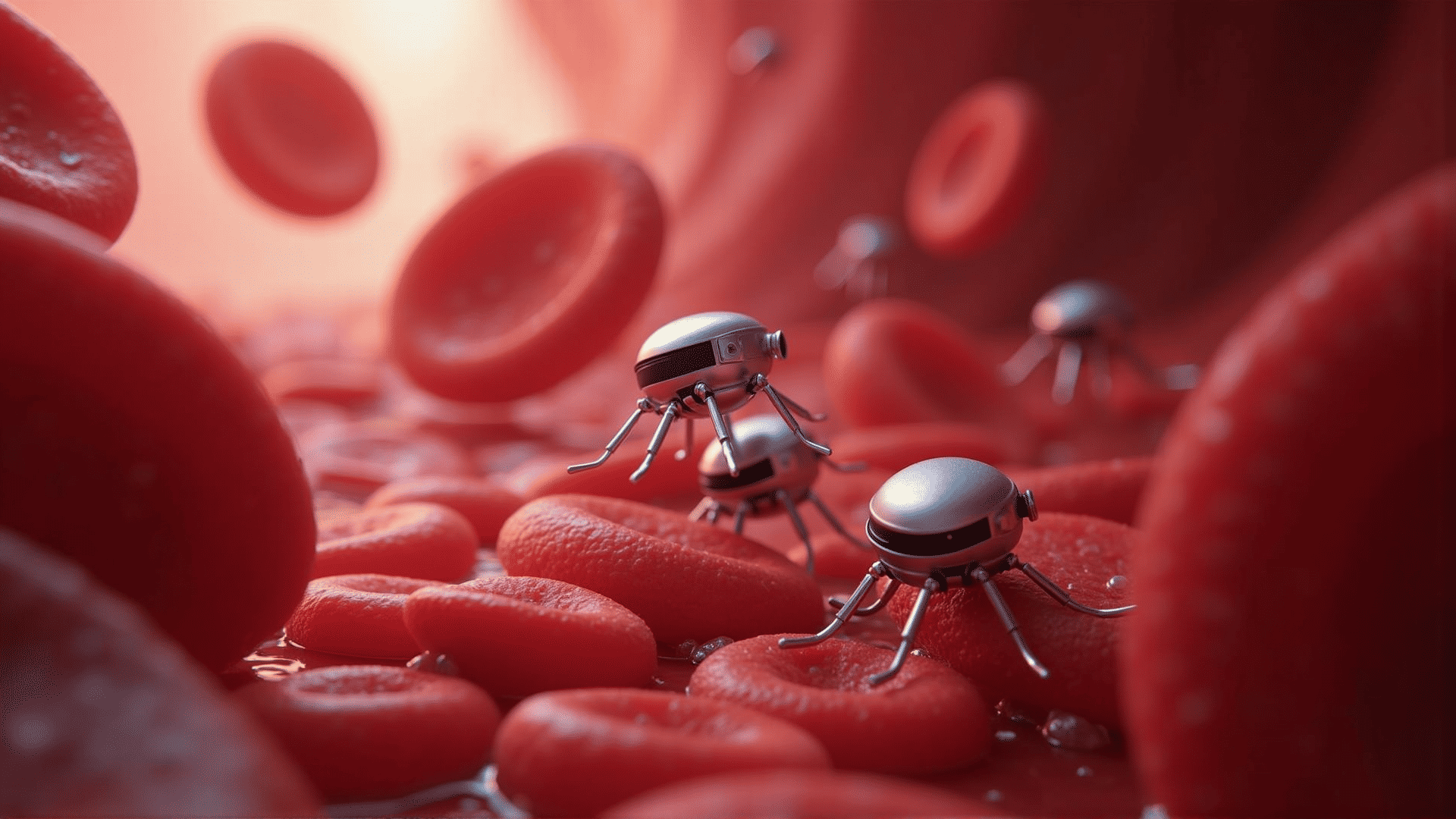The landscape of healthcare is undergoing a remarkable transformation, driven by the innovative use of nanotechnology. At the forefront of this change are nanobots, tiny machines that operate at a molecular level, offering unprecedented precision and efficiency in medical treatments. Among their most promising applications is the targeted treatment of cancer, a major health challenge that has long eluded fully effective interventions.
Nanobots, developed through advances in nanotechnology, are engineered to perform highly specific tasks within the human body. These microscopic machines can be programmed to detect and interact with cellular structures, which positions them as a revolutionary tool in medical science. One of their most significant potential uses is in oncology, where they could provide a new paradigm for cancer treatment.
Traditional cancer treatments, such as chemotherapy and radiation, often harm healthy cells alongside their intended targets—cancer cells. This results in a range of debilitating side effects for patients and limits the efficacy of the treatments. Nanobots have the potential to change this approach by offering a targeted method for attacking cancer cells, minimizing collateral damage to healthy tissue.
Scientists have been working on designing nanobots that can identify cancerous cells by recognizing unique biological markers. Once a nanobot locates a cancer cell, it can deliver drugs directly to the cell, or even induce the cell to self-destruct through mechanisms such as localized heating or the release of toxic substances confined to the cancer site. This targeted approach ensures that treatment is concentrated where it’s needed most, increasing its effectiveness while reducing harm to the body.
Beyond the direct killing of cancer cells, nanobots also offer capabilities for early cancer detection and monitoring. Due to their size and programmable nature, they can circulate through the bloodstream, identifying potential cancerous changes at a nascent stage. Early detection remains a critical element in successful cancer treatment outcomes, and nanobots could make significant strides in this arena by catching cancer before it develops further.
As promising as they are, the development and deployment of nanobots in healthcare must navigate numerous challenges. These include ensuring the safety and biocompatibility of the nanobots, creating reliable methods for controlling and guiding these machines within the body, and overcoming potential ethical and regulatory hurdles. Continued research and testing are essential to addressing these challenges, but the potential benefits make it a worthy pursuit.
The future of healthcare with nanotechnology is incredibly bright. By harnessing the power of nanobots, medical science stands on the brink of breakthroughs that could reshape the treatment landscape not only for cancer but also for a variety of other diseases that require pinpoint precision. As research pushes forward, these tiny machines are poised to play a big role in improving patient outcomes, reducing treatment side effects, and making healthcare more effective and personalized. In this pivotal time for medical advancement, nanobots represent the promise of a healthier future powered by innovation at the nanoscale.
